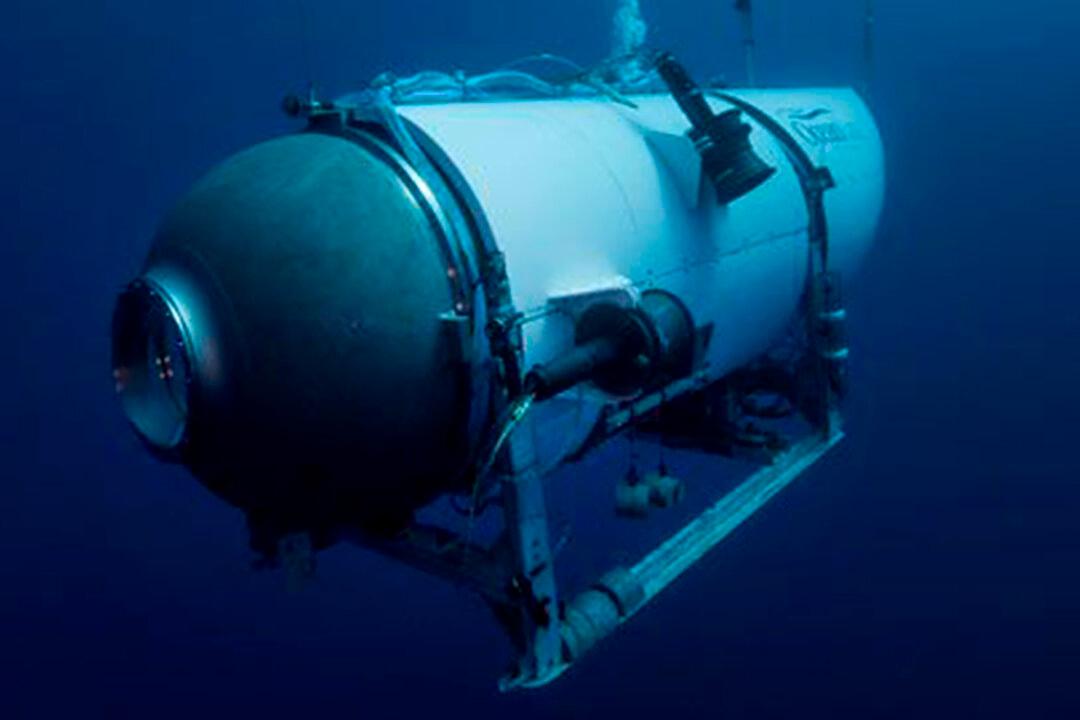Commentary
“This operation will be conducted inside an experimental submersible vessel that has not been approved or certified by any regulatory body.”

“This operation will be conducted inside an experimental submersible vessel that has not been approved or certified by any regulatory body.”